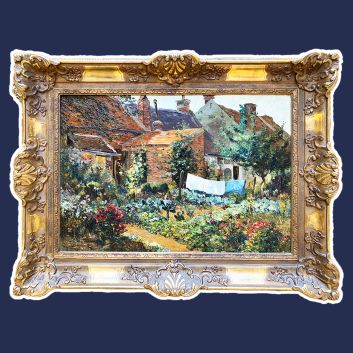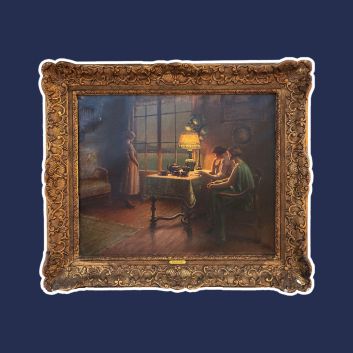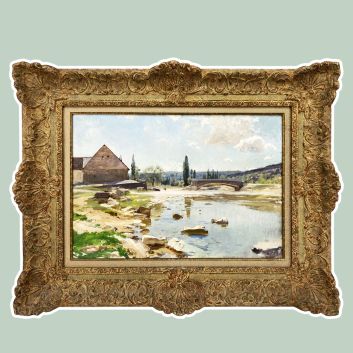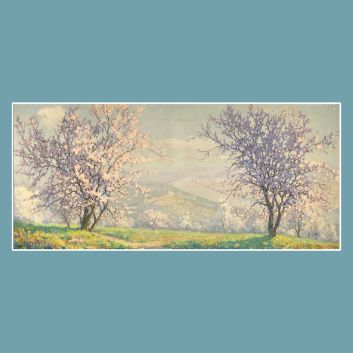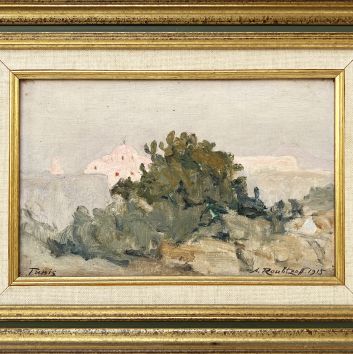Rating and value of works, paintings, drawings by Eugène Boudin
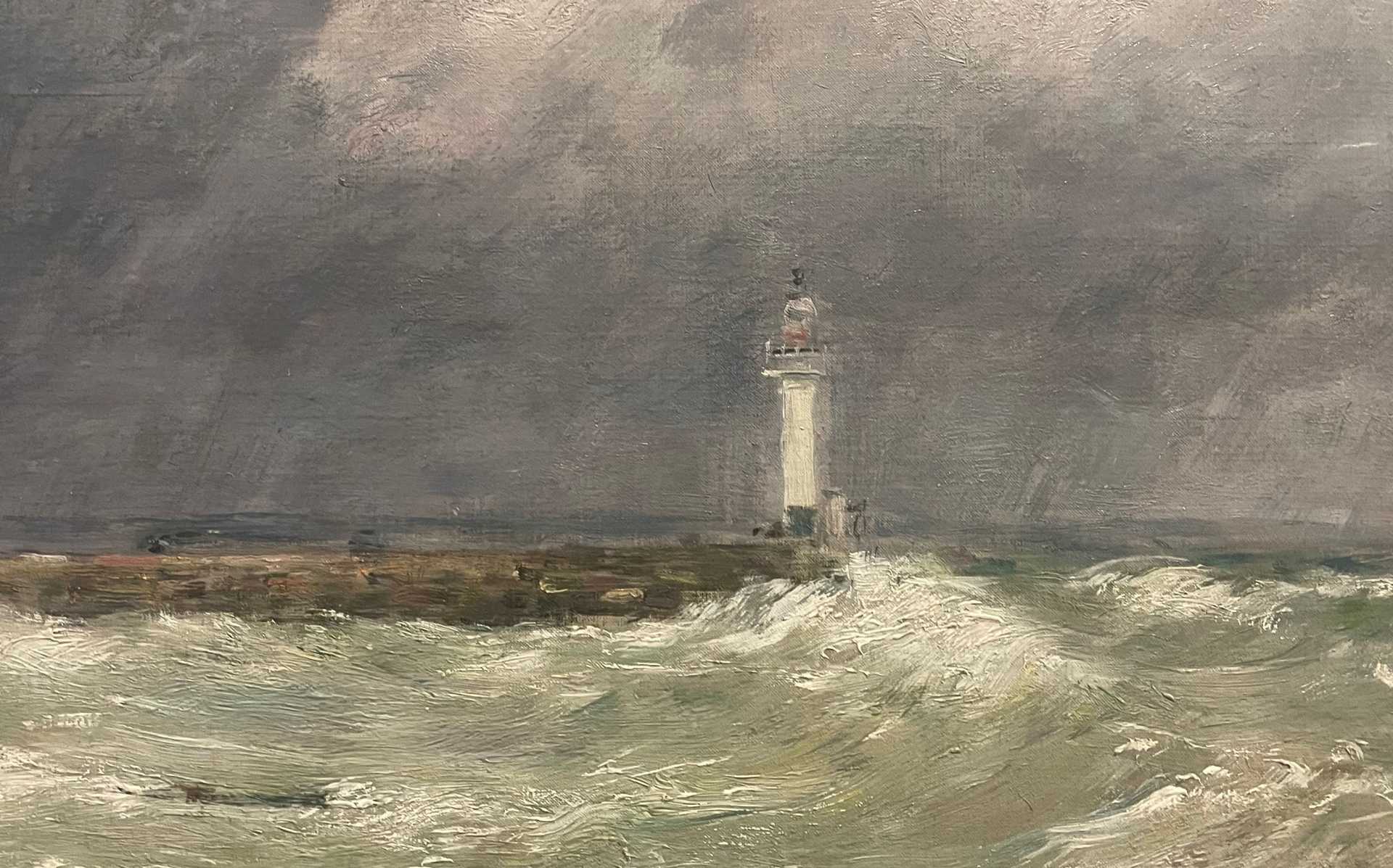
If you own a work by or after Eugène Boudin, and would like to know its value, our state-approved experts and auctioneers can offer you their expert appraisal services.
Our specialists will carry out a free appraisal of your work, and provide you with a precise estimate of its current market value.
Then, if you want to sell your work, we'll point you in the right direction to get the best possible price for it.
Rating and value of the artist Eugène Boudin
Boudin left behind an Impressionist body of work inspired by the sea. Prices for his works are now skyrocketing under auctioneers' gavels.
His paintings are highly prized, especially by English and American buyers. The price at which they sell on the art market ranges from €25 to €2,216,620, a very wide range, but one that speaks volumes about the value that can be attributed to Boudin's works.
In 2022, his 1863 marine painting La plage de Trouville sold for €2,216,620. Its value is high and stable.
Order of value from a simple work to the most prestigious
Technique used | Results |
|---|---|
From €25 to €2,200 | |
Drawing - watercolor | From €90 to €115,000 |
Oil on canvas | From €190 to €2,216,620 |
Response in less than 24h
Style and technique of the artist Eugène Boudin
Eugène Boudin's marine paintings depict the sea, sailors, ships and seascapes. In his work, we can discern the beginnings of what would become Impressionism.
He mainly produced drawings and oils on canvas.
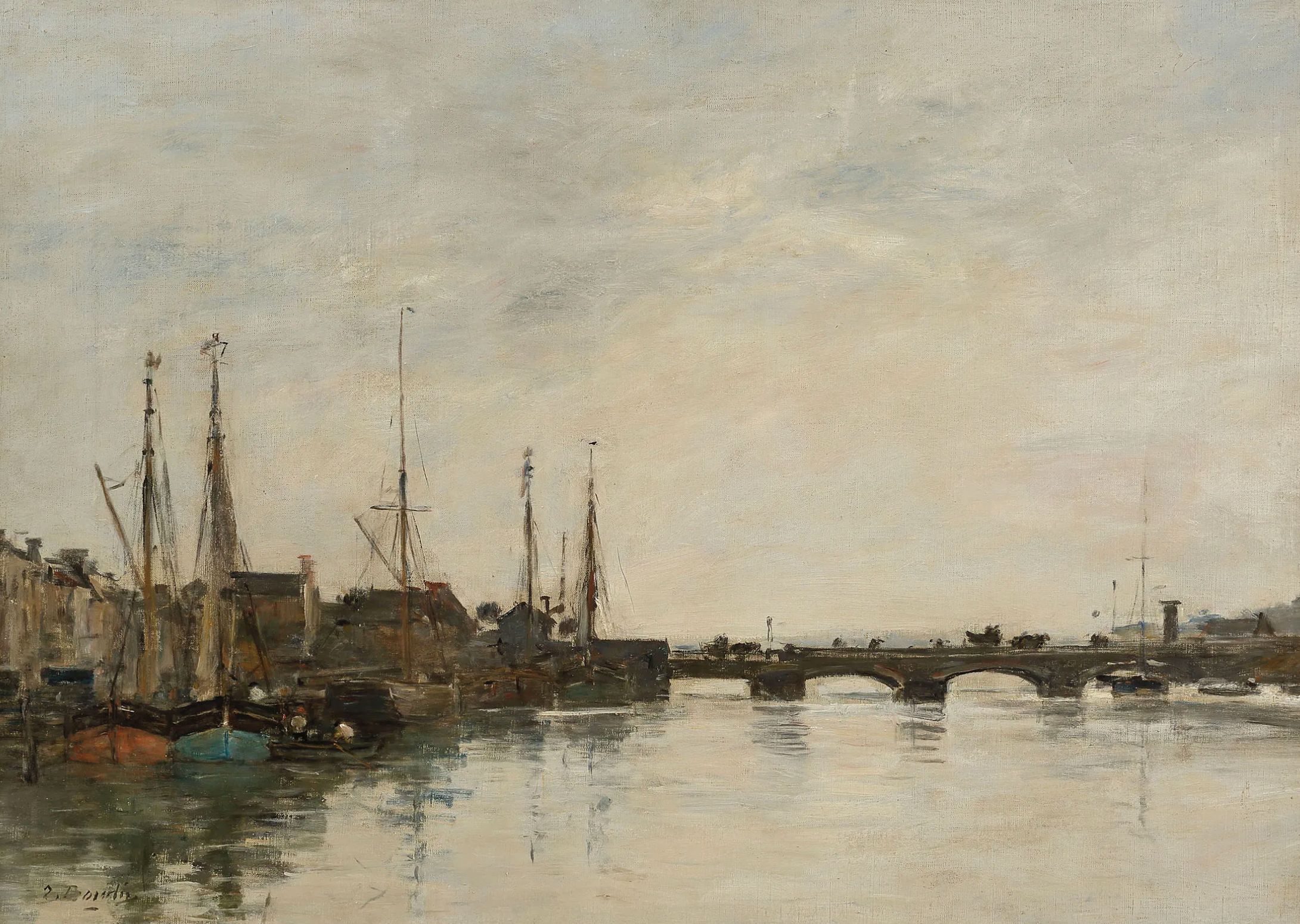
Eugène Boudin: Master of the Sea
Eugène Boudin (1824-1898), a leading figure in 19th-century marine painting, was one of the pioneers of French art who devoted himself to depicting seascapes and the coasts of Normandy and Brittany.
Born in Honfleur, Calvados, he was immersed in the maritime world from an early age, the son of a sailor who worked on passenger liners and a chambermaid who worked on these same ships.
This setting imbued him with an early fascination for the ocean and its changing atmospheres. As a young boy, he took his first steps as a ship's boy, before finding a job in a paper mill in Le Havre, where his artistic destiny began to take shape.
In this store, Boudin exhibited the works of various artists, and it was in this way that he became acquainted with the painters of the Barbizon School, including Eugène Isabey, who was to become a major influence.
Soon giving up his commercial activity, he decided to devote himself entirely to his passion for painting. Thanks to a scholarship, he left for Paris, where he studied for three years under the tutelage ofIsabey.
Like Richard Parkes BoningtonBoudin was strongly influenced by the Flemish and Dutch masters, in particular for their mastery of landscapes and light, a fascination that marked all his work.
Despite his frequent stays in Paris, Boudin remained deeply attached to his Norman roots. He returned regularly to Honfleur, but it was on the Breton coast, like his contemporary Mathurin Janssaudthat he found an inexhaustible source of inspiration.
He witnessed the birth of Deauville, and the rise of sea bathing, scenes he immortalized in his paintings with a unique sensitivity.
Fascinated by the play of light on water and changing skies, he borrowed certain techniques from Gustave Courbet, while developing his own artistic language.
Before the Franco-Prussian war, Boudin enjoyed a degree of financial success, his works being regularly exhibited at the Salon. In 1874, he took part in the first Impressionist exhibition, a movement with which his work is often associated.
However, although influenced by this school, Boudin remained faithful to a more realistic approach, focusing on the sea and its landscapes, always imbued with poetry and naturalness.
Towards the end of his life, enriched by his successes, he acquired a villa in Deauville, a place that symbolized his love of the sea. Feeling his end approaching in 1898, while in Paris, he asked to be transported to Deauville, so that he could die facing the sea he had so loved and magnified throughout his career.
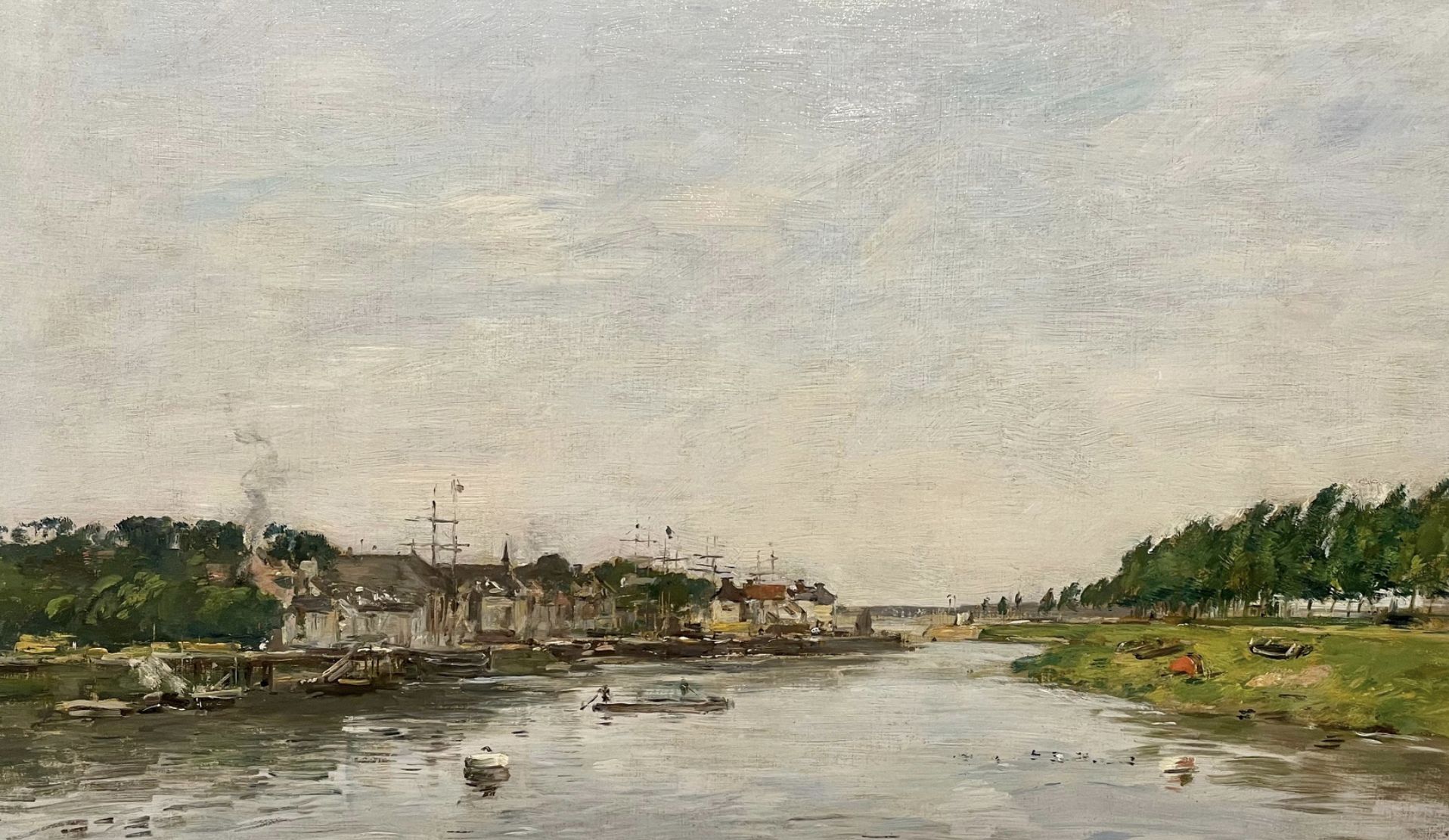
Focus on a harbor scene by Boudin (see table above)
This painting, signed by Eugène Boudin, is perfectly in keeping with the tradition of 19th-century seascapes, a genre in which he became one of the undisputed masters.
Here, we are faced with a harbor scene, a landscape dear to Boudin, which he explored tirelessly throughout his career. The masts of the boats stand out like delicate filigrees against a pale, misty sky, while the water, almost completely calm, faithfully reflects the slender silhouettes.
The diffused, soft, silvery light marks the end of a day, or perhaps a still misty morning. Boudin, always attentive to atmospheric variations, captures here with extraordinary sensitivity the suspended moment when sky and sea seem to melt into each other.
Far from the dramatic storms or raging waves often depicted in the seascapes of a Joseph Vernet or Turner, Boudin prefers a more peaceful, realistic approach, where nature is depicted in its everyday tranquility.
The bridge crossing the horizon on the right introduces a horizontal line that stabilizes the composition, while the houses, boats and landscape elements blend harmoniously into one another.
This attention to detail, without ever falling into overload, testifies to the influence of Dutch painters on Boudin, notably for their ability to translate light and clarity with such precision.
The painting recalls the transition that marine painting underwent in the 19th century. Where earlier generations, such as Vernet or the academic painters, concentrated on scenes of storms and dramatic shipwrecks, Boudin favored serenity and meticulous observation of the natural elements.
His participation in the first Impressionist exhibition in 1874 marked this evolution: he placed light and atmosphere at the heart of his artistic preoccupations.
Here, the diffused light, the sky charged with delicate nuances, and the reflections on the water become the real subjects of the painting, far more than the buildings or boats themselves.
With this tranquil port, Boudin captures the essence of maritime life, not in its violence or excess, but in the discreet beauty of ordinary moments.
Eugène Boudin, between sky and sea
Eugène Boudin's imprint on his era
Eugène Boudin left an indelible mark on nineteenth-century art, becoming a key figure in marine painting and a pioneer of atmospheric studies.
Thanks to his unique mastery of light and the sea, he was able to impose a new vision of nature, far removed from the dramatic representations of his predecessors, favoring a more realistic and sensitive approach.
His paintings, acclaimed at the time by his peers and critics alike, were a runaway success, particularly with collectors and art lovers.
Although marine painting is no longer as popular with the general public as it once was, Boudin's work continues to appeal to connoisseurs and to occupy a special place in the art world.
His works, which capture coastal landscapes with remarkable acuity, are still very much in demand on the auction market, where they regularly fetch high prices.
Private collectors play an essential role in the preservation of his work, enabling many paintings to survive outside museums.
However, a significant part of his work is also exhibited in prestigious institutions such as the Musée d'Orsay in Paris and the National Gallery in London, confirming his place in the pantheon of the great masters of French painting.
Recognizing the artist's signature
Not all of Boudin's works are signed. They may be at the bottom of the painting, but if you think you own one, it's best to have it appraised to be sure of its originality.

Knowing the value of a work
If you happen to own a work by or after Boudin, don't hesitate to request a free appraisal using the form on our website.
A member of our team of experts and certified auctioneers will contact you promptly to provide you with an estimate of the market value of your work, as well as any relevant information about it.
If you wish to sell your work of art, our specialists will also be on hand to help you sell it at the best possible price, taking into account market trends.
Response in less than 24h
Related topics
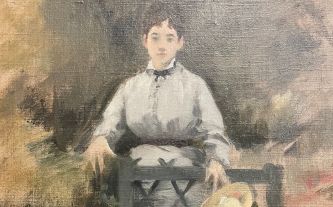
Rating and value of works, paintings, drawings by Eva Gonzalè...
Eva Gonzalès is a 19th-century Impressionist painter. The price of her works is rising sharply.
Read more >
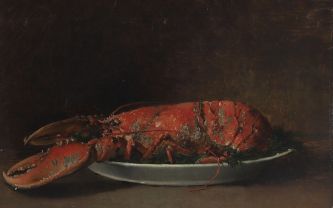
Rating and value of works, drawings, paintings by Guillaume...
Guillaume Fouace was a 19th-century realist painter, best known for his still lifes. His paintings are successful at auction.
Read more >
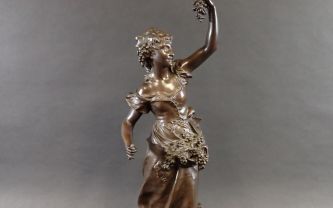
Cote et valeur 2024 des sculptures, bronzes de Jean Baptiste...
Jean Baptiste Germain is a French sculptor who produced bronzes that are highly valued at auction. Estimate in 24h.
Read more >
Secure site, anonymity preserved
State-approved auctioneer and expert
Free, certified estimates
